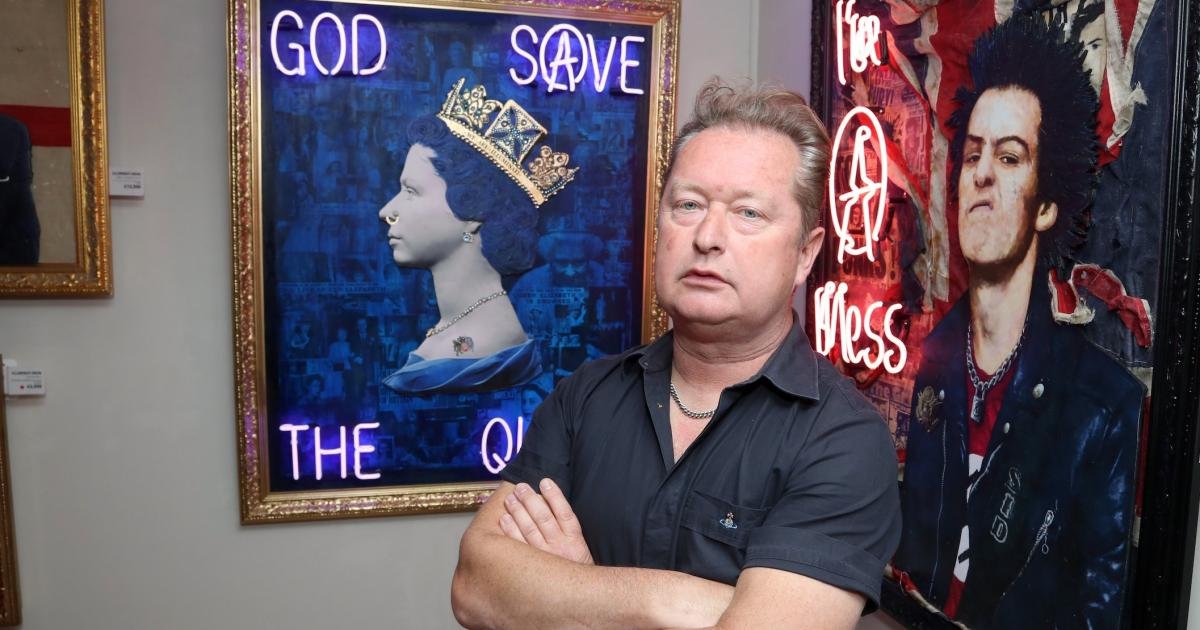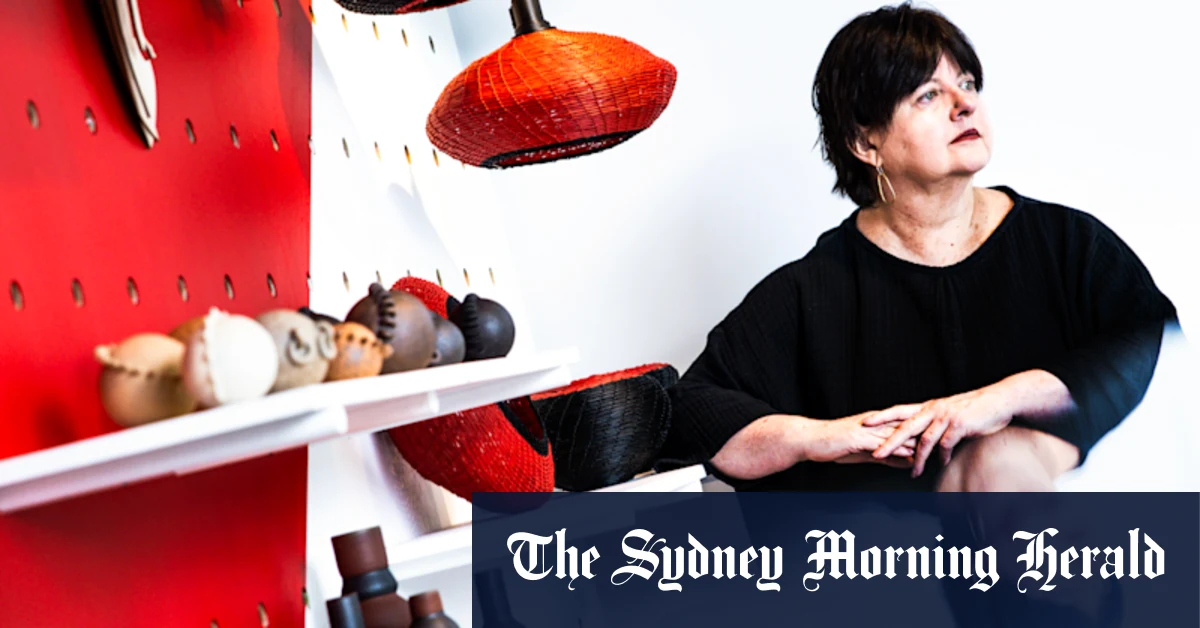For most of Bangalore’s exhibition-going population, an art gallery in Whitefield, a locality that has developed at a distance from most of the city’s cultural institutions, is almost unthinkable. Yet, it is here that Mumbai-based artist and the director of the Kochi-Muziris Biennale Foundation Bose Krishnamachari has decided to make his foray as a gallerist with DTale Archist, the contemporary art division of the interior design studio DTale. Simply titled DTale Archist (I), the gallery’s inaugural exhibition is on view from October 04 – November 16, 2024, bringing together works by Astha Butail, Harisha Chennangod, Pooja Iranna, Prajakta Potnis, Samira Rathod, Shailesh B. R., Sudarshan Shetty, Sunil Padwal, Tania & Sandeep Khosla and Tony Joseph.
There is no curatorial theme. I don’t believe in [a] theme. As a curator, I believe in talent, I believe in how artists are working.
– Bose Krishnamachari
From Shailesh’s installation The First Earthquake, in which everyday objects resting on cuboid globes are subject to interactive tremors, to Rathod’s architectural drawings and Iranna’s stylised cityscapes, the exhibition immediately invokes a conversation around the imagination of space. “There is no curatorial theme. I don’t believe in [a] theme. As a curator, I believe in talent, I believe in how artists are working,” Krishnamachari says of his curatorial framework. For instance, while discussing Chennangod’s paintings, which provide a backdrop for two sections of the gallery, Krishnamachari speaks about the physical tension the artist subjects himself to painstakingly excavate iterative universes by layering multicoloured grids, placing particular emphasis on Chennangod’s ability to paint straight lines across the length and breadth of his canvases without the use of instruments.

The gallery sits alongside a design store, allowing for practical concerns around the ways in which art is collected and exhibited to emerge. “It will introduce a lot of people to art. It is interesting as an architect; we always have issues when a client asks us to select a work of art. Having a display in this space…is definitely very good,” says Tony Joseph, whose Kootte, a modular seating arrangement incorporating traditional South Indian craft techniques which can be adjusted to facilitate dynamic community interactions, is on display at the exhibition.

Krishnamachari was intrigued by D’Tale director Sreejith Pathangalil’s work between art and design, especially Pathangalil’s early career as an artist and then a gallerist, with Galleria Synagogue in Fort Kochi, Kerala. Krishnamachari says, “He mentioned that he used to have a gallery in Mattancherry in Cochin in 1996 when I was in Mumbai… and he showed eminent figures like N.N. Rimzon, Babu Xavier and Namboothiri from Kerala. And when he said he was opening a third space in Bangalore, I came to see the site… this was three [or] four months ago, and it was in the skeleton (sic) form and I really loved the body, the container-structure and I felt there is a possibility that a space can be created for artmaking or showing art.”
Krishnamachari asserts DTale Archist’s focus on revealing the sensibilities and techniques that inform creative processes. “Archist is a term [that is] actually forgotten by many. Archists used to be, like Le Corbusier, Frank Lloyd Wright, people who believed in what is hand-drawn or painted or designed, so they were not just architects, they were designers, they were sculptors, they were artists… Joseph Beuys said everybody is an artist, but I believe that everybody cannot be an artist but it is possible when you create sites for learning. For me contemporary art spaces are for learning, for aestheticising our minds towards contemporary living.” Sudarshan Shetty, whose untitled installation at the exhibition evokes contemplation of material and scalar differences, complements this point of view by suggesting that “with every work, it is important to consider the source of its information and how far an artist has been able to travel with it with a certain imagination and rigour in its making.”
This approach underscores the participation of practitioners like architect Samira Rathod, who says, “Architecture is like art, and art is … something that you can feel. The way I look at architecture is that it is a poetic experience. Not just necessarily poetic, because ‘experience’ is usually felt through your senses, So, then the ‘experience’ manifests in a very sensual making of the object where its use, its function enhances the ‘experience’ itself… if you look at it and then understand what it is trying to do, you see it in other things.” Rathod’s artworks, comprising of architectural drawings, or Nolli maps, have been decontextualised from their final utility in how the exhibition frames them. “Design in this country is never looked at in terms of its purity of idea and it is always appropriated by how useful it is and to whom… I think by putting an exhibition like this together, where such ideas can be discussed, there is a different kind of dissemination that happens.”
‘DTale Archist (I)’ is on view from October 04 – November 16, 2024, at D’tale Archist Gallery.












